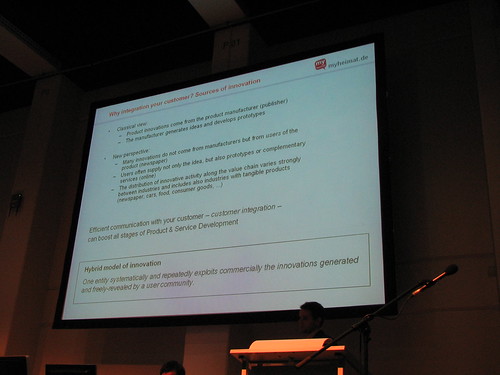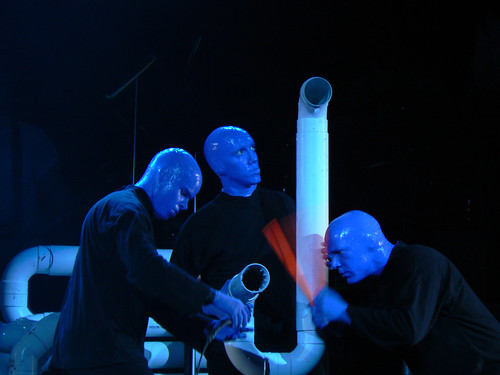Some Things
- Our district has started moving to a 1:1 device-to-student/teacher ration in secondary schools.
- Our elementary schools will also be getting a sizable influx of devices.
- There are only 6 instructional technology coordinators (ITC) in the district.
- Realizing our capacity and teachers’ and students’ needs weren’t quite aligned, we started to design a new system.
Since not long after I started at the district, this project has been my baby. A few weeks ago, it started hitting its stride.
The basic idea is to create a range of 1-2 hour online self-paced modules in our district MOODLE install where teachers, students (anyone, really) can log in and work through their learning whenever they’d like.
Design
Each module follows a simple structure:
Overview – This offers a description of the main ideas within the module, the driving objectives, and the essential questions.
Investigation – Here is a curated pathway for learning about your module’s topics complete with explanations, links and ideas for learning.
Application & Discussions – In this section, you’ll complete a specific activity related to the module topic that asks you to put your learning into action, and a link to posting and sharing your learning for deeper discussion.
Further Investigation – If the initial Investigation was dipping your toe in the learning, this section gives you a chance to dive in, explore things more deeply, and provide yourself with an archive of resources for shifting your practice.
Wherever possible, the application gives participants a choice of tasks that both speak to the learning of the module and remain open enough to fit participants’ needs.
Realizing that 1-2 hours only scratches the surface on many topics, the Further Investigation section holds all the resources we identified as valuable, but not necessary. The hope is that participants will follow their curiosity.
Implementation
Anyone can look through a module. There’s no need to complete the application if you drop in and find what you were looking for, we’re happy you stopped by.
If you’re looking for something more, we’ve built that too. The fine folks in Professional Development have included module completion in the PD Course Listings. Participants can sign up to complete 4 modules (including application and discussion) for .5 hours of course/salary credit.
What’s more, any face-to-face course we teach has an accompanying, abbreviated module. This way, a teacher completing a course can answer a principal’s request for sharing what was learned in a faculty meeting can reply, “Sure, I’ll walk them through the module.”
Finally, modules de-centralize the knowledge. Whereas there might have been one of us in the office who was equipped to lead a training on classroom workflow or any other topic, modules mean we can all own the landscape of any course. It’s not a script, it’s a container, a bag of tricks.
Alignment
When we started planning, we didn’t want these modules to be “another thing” for teachers. This made it important to align each module with other district instructional initiatives. Each connects with Tier 1 instructional practices, the teaching and learning cycle, and the newly-adopted Colorado Teacher Quality Standards.
Building
Everyone is building these modules. It’s part of the beauty of starting from a basic structure. ITCs, curriculum coordinators, teacher librarians, classroom teachers, and contracted instructional designers have helped us bring 17 modules to life with the goal of having around 50 completed by the end of the school year.
Monitoring
When a module has been created by someone in the school district, that person remains the teacher within the course. They are notified when assignments and forum posts have been submitted, and jump in for conversation and comments.
When a contracted instructional designer has built the module, I fill the role of teacher.
Participants completing 4 modules for credit complete this form when they’ve finished their work, I confirm completion, and sign off on the work for OPD.
Discussion
One piece that’s different for our MOODLE courses is the location of the discussions. While each module includes a discussion portion, those discussions all live in a single course here. This allows all curious folks interested in discussing a topic to find the forums in one place. It meant an interesting course architecture dilemma, but we’ve got it working.
Open to All
Perhaps a unique aspect of our MOODLE install is that anyone anywhere around the world with an Internet connection can sign up for a user account. Thus, anyone with an account, no matter their district affiliation can work through a module.
We also started the project with an eye on openness and sharing. Each module has been Creative Commons licensed for attribution, non-commercial sharing and uploaded to moodle.net, the hub for sharing MOODLE courses. If you’ve got MOODLE, you can install these modules and tweak them to your edu-landscape.
Like this:
Like Loading...



